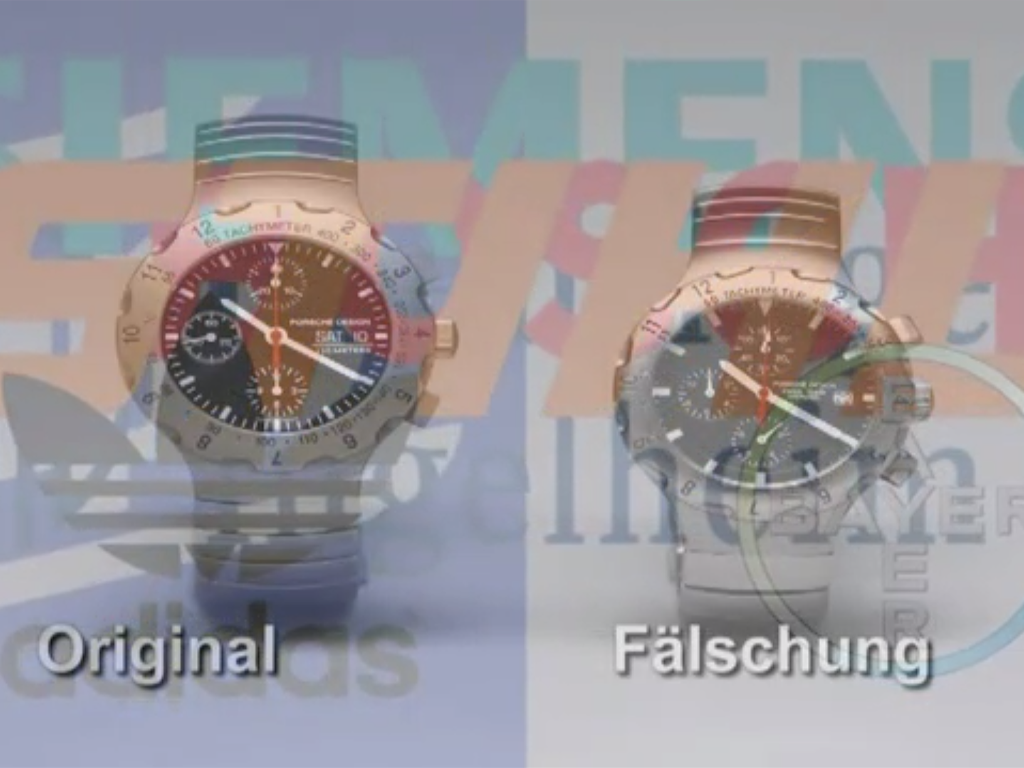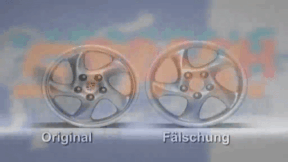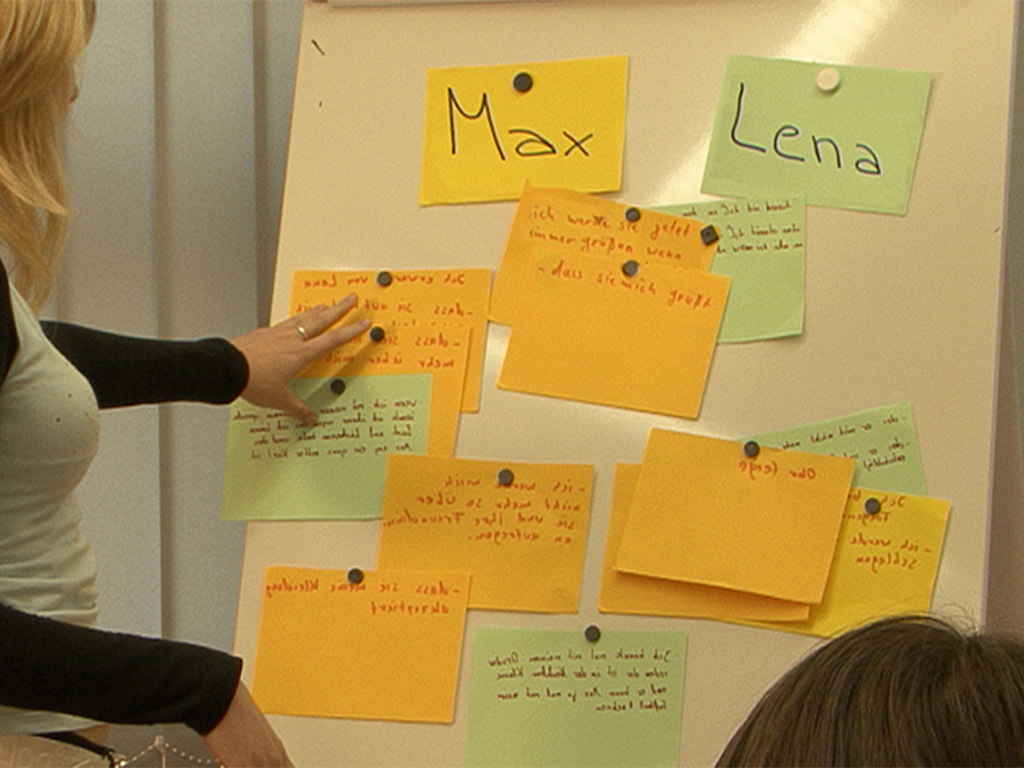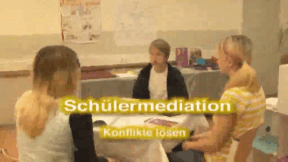 Grundschule
Grundschule
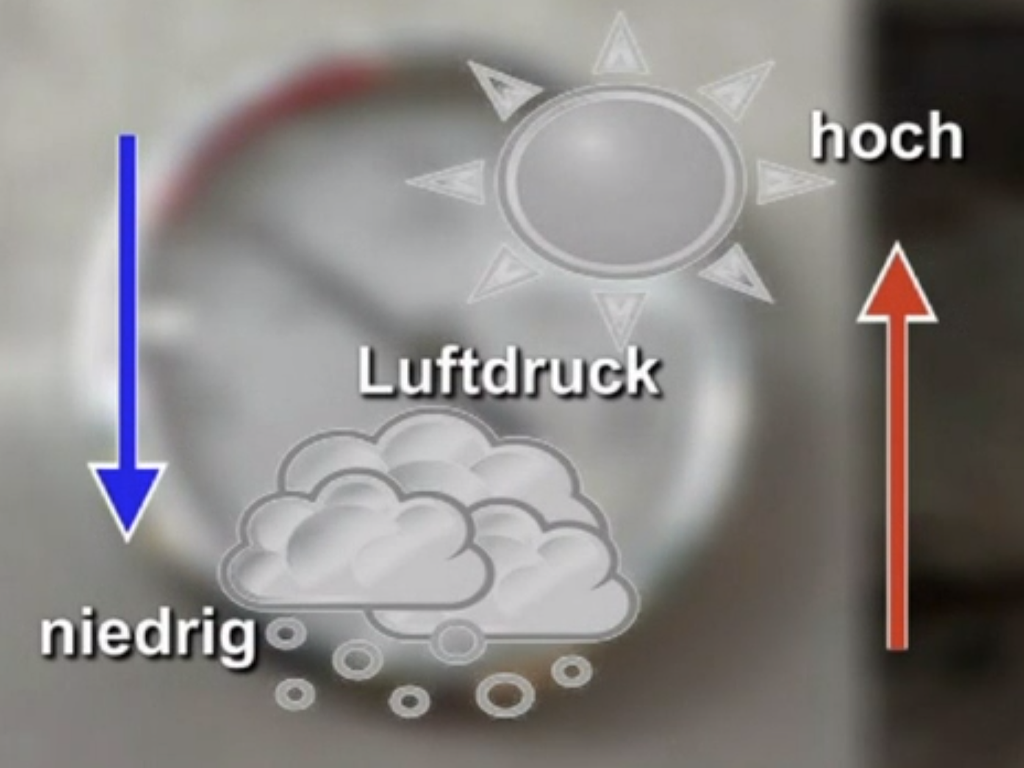
4667161 / 5558687
Wetter
Nach Regen kommt oft Sonnenschein
„Nach Regen kommt oft Sonnenschein – Das Wetter“ „Schau dich schlau!“ nimmt heute die verschiedenen Wetterbedingungen unter die Lupe. Wie entstehen Wind, Gewitter, Regen und Hagel? Außerdem zeigen unsere Moderatoren Joey Grit Winkler und Fero Andersen, wann die verschiedenen Wetterlagen für den Menschen gefährlich werden können. Im Selbstversuch testet Fero Andersen, bei welchen Windstärken ganz normale, alltägliche Tätigkeiten wie Frühstücken, Zeitung lesen oder Rasieren überhaupt noch möglich sind. Außerdem beweist er, dass ein teurer Regenschirm nicht unbedingt der Beste sein muss.
Währenddessen findet Joey Grit Winkler bei der weltweit größten Wettermesskampagne heraus, welche Daten für eine Wettervorhersage erhoben werden und wie genau die Wetterberichte heutzutage sind. Zur Sicherheit erklärt sie aber auch, wie viel Wahrheit hinter Bauernregeln steckt.
Außerdem: Welche Durchschlagskraft hat Hagel und wie kann man sich am wirksamsten gegen die Eisbomben schützen? Was ist dran an diversen Wettermythen: Wird Milch bei Gewitter wirklich sauer? Welche Bäume schützen vor Blitzen am besten?
Im ausführlichen PC-ROM-Teil:
auf den Film abgestimmtes Begleitmaterial:
8 Seiten Arbeitsblätter!
4 Arbeitsblätter für interaktive Whiteboards!

Lehrplanzentral und an den Bildungsstandards orientiert
Passend dazu
Product Piracy
Counterfeiting takes place in almost all economic sectors – textiles, watches, car parts, machine parts, tools, accessories, software and medicines. Some counterfeits are easy to recognise, others are so well-executed that even experts have difficulty distinguishing between original and imitation. This DVD covers the development of a product from idea to manufacture. Once a product has become a trademark, product pirates appear on the scene.
Peer Mediation
Lena and Max attend the 7th form. Max is new in class. During a break, Max notices that Lena and her friend are laughing at him again. Max loses his temper! He slaps Lena in the face. That hurts and Lena runs back into the classroom with a red cheek. The growing conflict between the two has escalated. Just like Lena and Max, every day pupils all over Germany have rows with each other. At the Heinrich Hertz Gymnasium in Thuringia, pupils have been trained as mediators for years. At set hours, they are in a room made available by the school specifically for mediation purposes. The film describes the growing conflict between Max and Lena and shows a mediation using their example. In doing so, the terms “conflict” and “peer mediation” are explained in a non-technical way. The aims of peer mediation and its progress in five steps as well as the mediators’ tasks are illustrated. The art of asking questions and “mirroring”, which the mediators must know, is described and explained. Together with the comprehensive accompanying material, the DVD is a suitable medium to introduce peer mediation at your school, too.
Blogging
The weblog or blog, for short, as a medium is not much older than this century. Blogs came into being in the World Wide Web as ’messages from below’, as web pages from web creators who wanted to share their view of the world with the world. They are short notes, long texts, pictures, videos, which are posted loosely and at random intervals to the world for an undefined public.




